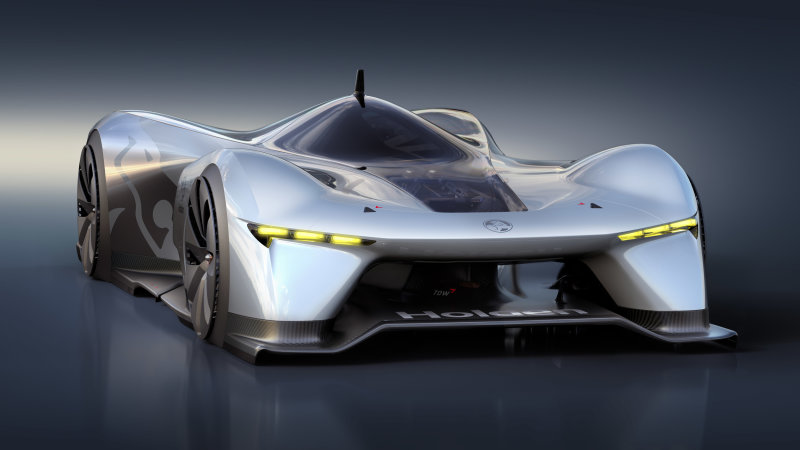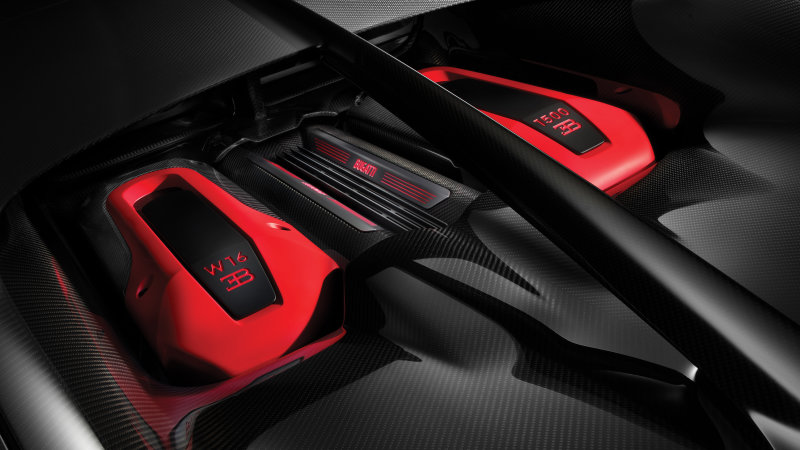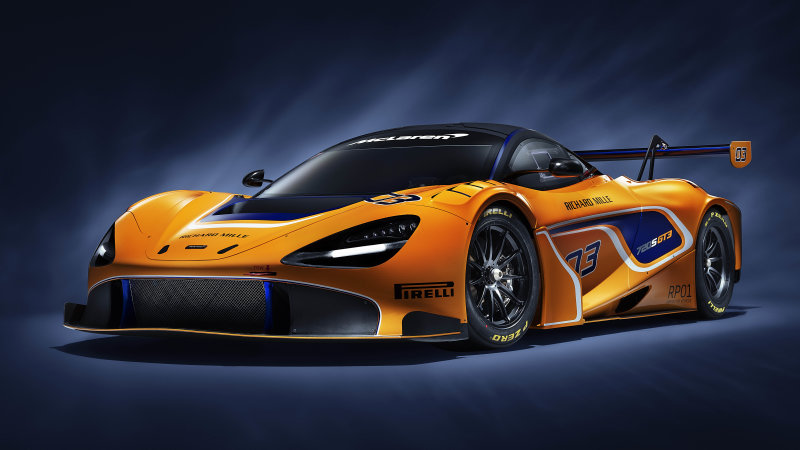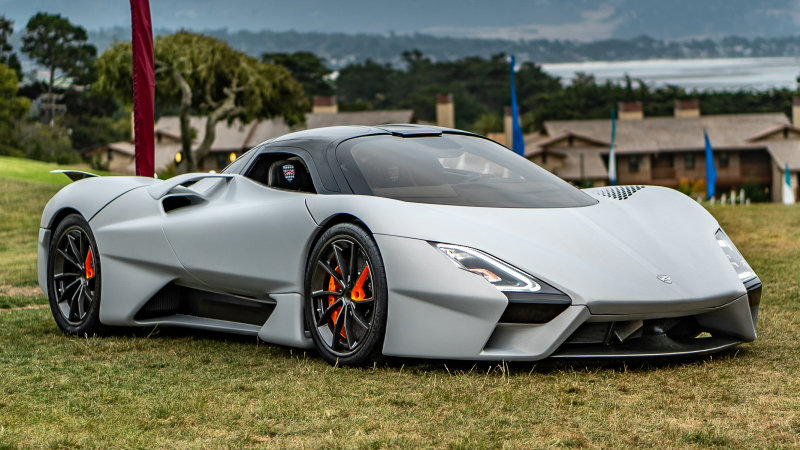Federal prosecutors in Baltimore have issued a 14-count indictment against three men accused of using a Ponzi scheme to defraud investors of more than $364 million, saying that two of them diverted the money in part to amass a jaw-dropping portfolio of 28 mostly luxury automobiles, supercars and motorcycles, including Ferraris, Lamborghinis and Rolls-Royces — and one Ford Explorer.
The indictment, unsealed Tuesday but filed Sept. 11, identifies three defendants: Kevin B. Merrill, 53, of Towson, Md.; Jay B. Ledford, 54, of Westlake, Texas and Las Vegas; and Cameron R. Jezierski, 28, of Fort Worth, Texas. In addition to the cars and motorcycles, it accuses them of diverting and concealing $73 million of investors’ money intended for consumer debt portfolios to purchase and renovate high-end homes in several states, jewelry, boats, a life-insurance policy and a share in a jet plane.
Prosecutors are seeking forfeiture of the following cars and motorcycles from Merrill:
- 2014 Ford Explorer
- 2014 Lamborghini Aventador Roadster
- 2014 Mercedes-Benz S63
- 2015 BMW S1000R motorcycle
- 2015 Harley Davidson VRSCDX Night Rod Special Edition motorcycle
- 2016 Ferrari 488 coupe
- 2017 Audi R8 5.2 Plus coupe
- 2017 Lamborghini Huracan convertible
- 2017 Range Rover
- 2017 Range Rover Sport
- 2017 Porsche 911 Turbo S
- 2017 Rolls-Royce Dawn convertible
- 2017 Rolls-Royce Wraith coupe
- 2018 McLaren 720S coupe
- 2008 Bugatti Veyron
- 2013 Ferrari California convertible
- 2014 BMW M6 Gran Coupe
- 2014 Ferrari F12 Berlinetta
- 2014 Pagani Huayra
- A pair of 2015 Mercedes-Benz S63s
- 2017 Cadillac Escalade ESV
- 2017 Lamborghini Aventador
- 2018 Ferrari 488 Spyder
- 2018 Lamborghini Huaracan
Prosecutors also seek to recover the following vehicles from Ledford:
- 2016 Ferrari 488
- 2016 Tesla Model S
- 2015 Bentley Flying Spur
Prosecutors say that starting in early 2013, Merrill and Ledford persuaded investors to join them in purchasing “consumer debt portfolios,” which are made up of defaulted consumer debts to banks, credit card issuers, student loan lenders and other entities, sold in batches to third parties that try to collect on the debt — so yes, this already sounds super shady. The defendants allegedly falsely claimed they would use investors’ money to invest in the portfolios and make money for them by collecting on payments people made on their debt or selling the portfolios for a profit to third-party debt buyers.
Instead, the government says, the defendants falsely represented who they were buying the debt portfolios from and how much they were paying for the portfolios, whether they were investing their own funds and their track record of success. Prosecutors say that at times, there wasn’t any underlying debt portfolio purchased with investors’ money and that the defendants “created imposter companies with names similar to actual consumer debt sellers or brokers and opened bank accounts in the names of those imposter companies.” They also allegedly created false portfolio overviews, sales agreements with names and forged signatures of actual employees of the portfolio sellers and other falsified records.
According to a related civil complaint from the SEC, victimized investors include small business owners, restauranteurs, construction contractors, retirees, doctors, lawyers, accountants, bankers, talent agents, professional athletes and financial advisors in Maryland, Washington D.C., Northern Virginia, Las Vegas, Texas and elsewhere. There are believed to be more than 400 victims across the country. “Most of these investors are just learning that they have been victimized,” U.S. Attorney Robert K. Hur said in a statement.
Anyone who believes they may have been defrauded is urged to contact the FBI at MerrillLedford@fbi.gov. You can read the full indictment here.













